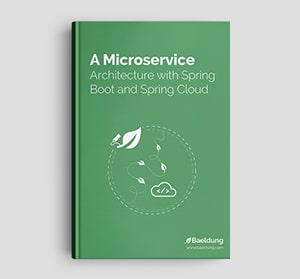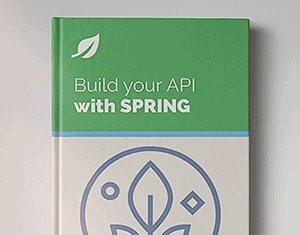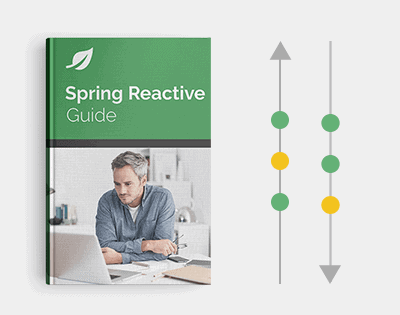Yes, we're now running our Black Friday Sale. All Access and Pro are 33% off until 2nd December, 2025:
Reading JSON From a URL in Java
Last updated: January 8, 2024
1. Introduction
In this quick tutorial, we’re going to create methods able to read JSON data from any URL. We’ll start with core Java classes. Then, we’ll use a few libraries to make our code simpler.
2. Using Core Java Classes
One of the simplest ways to read data from a URL in Java is using the URL class. To use it, we open an input stream to a URL, create an input stream reader, then read all characters. We’ll append these characters to a StringBuilder and then return it as a String:
public static String stream(URL url) {
try (InputStream input = url.openStream()) {
InputStreamReader isr = new InputStreamReader(input);
BufferedReader reader = new BufferedReader(isr);
StringBuilder json = new StringBuilder();
int c;
while ((c = reader.read()) != -1) {
json.append((char) c);
}
return json.toString();
}
}Consequently, the code includes a lot of boilerplate. Moreover, it would also require even more code if we wanted to convert our JSON into a map or a POJO. Even using the new Java 11 HttpClient, it’s a lot of code for a simple GET request. Also, it doesn’t help with converting the response from strings to POJO. So, let’s explore simpler ways to do this.
3. Using commons-io and org.json
A very popular library is Apache Commons IO. We’ll use IOUtils to read a URL and get a String back. Then, to convert it to a JSONObject, we’ll use the JSON-Java (org.json) library. This is a reference implementation for Java from json.org. Let’s combine them in a new method:
public static JSONObject getJson(URL url) {
String json = IOUtils.toString(url, Charset.forName("UTF-8"));
return new JSONObject(json);
}With JSONObject, we can call get() for any properties and get an Object. There are similarly named methods for specific types. For example:
jsonObject.getString("stringProperty");4. Less Code With Jackson and the ObjectMapper
There are many solutions for converting JSON into POJO and vice-versa. But, Jackson is widely used in projects like Jersey and other JAX-RS implementations. Let’s add the dependency we need to our pom.xml:
<dependency>
<groupId>com.fasterxml.jackson.core</groupId>
<artifactId>jackson-databind</artifactId>
<version>2.13.3</version>
</dependency>With this, not only can we effortlessly read JSON from a URL, but we can also convert it to a POJO at the same time.
4.1. Deserializing to a Generic Object
Most of the action in Jackson comes from the ObjectMapper. The most common scenario for ObjectMapper is to give it a String input and get an object back. Luckily, ObjectMapper can also read input straight from an internet URL:
public static JsonNode get(URL url) {
ObjectMapper mapper = new ObjectMapper();
return mapper.readTree(url);
}With readTree(), we get a JsonNode, which is a tree-like structure. We read properties with its get() method:
json.get("propertyName");Therefore, we don’t need to map our response to a specific class if we don’t want to.
4.2. Deserializing to a Custom Class
But, for more complex objects, it’s helpful to create a class that represents the JSON structure we expect. We can use generics to create a version of our method capable of mapping the response to any class we want with readValue():
public static <T> T get(URL url, Class<T> type) {
ObjectMapper mapper = new ObjectMapper();
return mapper.readValue(url, type);
}Then, as long as our object’s properties and structure match, we’ll get a new instance filled with values from the JSON response.
5. Conclusion
In this article, we learned how to make requests to a URL and get a JSON string back. Then, we used a few libraries to simplify our code. In the end, we read a JSON response while mapping it to a POJO in a couple of lines.
The code backing this article is available on GitHub. Once you're logged in as a Baeldung Pro Member, start learning and coding on the project.
















